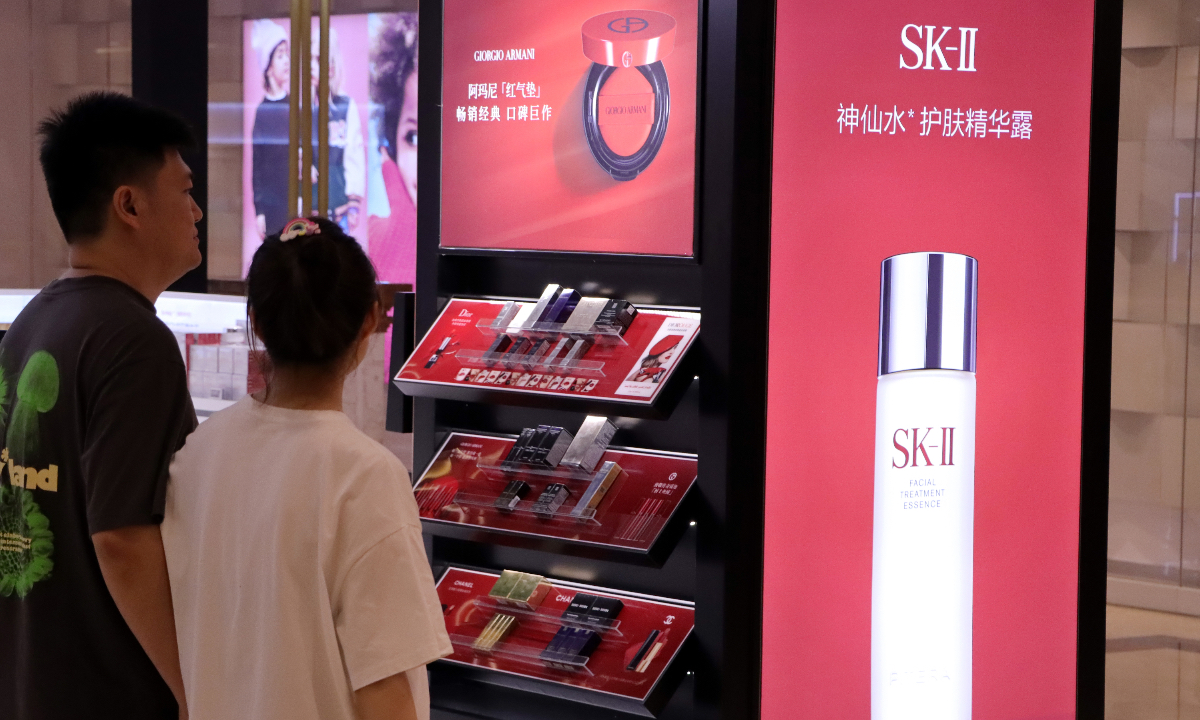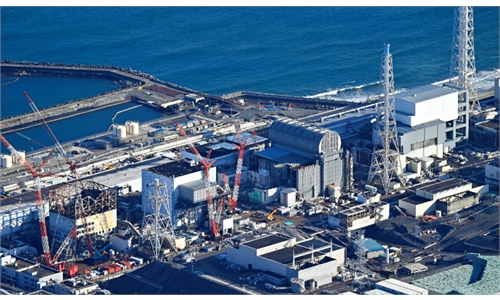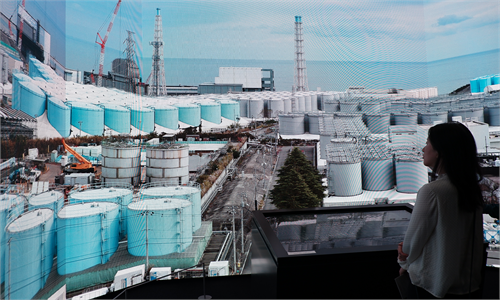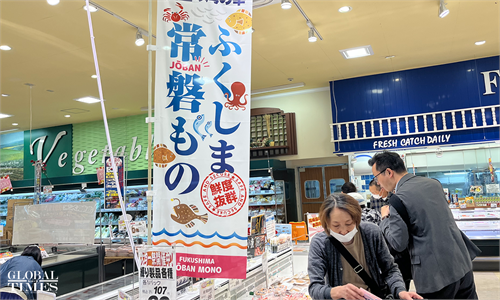P&G clarifies its SK-II products are safely produced and tested as fear of nuclear contamination grips Chinese consumers

Photo: IC
Procter & Gamble Company (P&G) claimed that its luxury skin care brand SK-II are safely produced and undergo strict security tests under Chinese regulation, after consumers were gripped by fear that the products may be contaminated with nuclear radiation as Japan officially began trialing its equipment on Monday to dump nuclear-contaminated water into the Pacific Ocean.
The company’s claim came after media reports circulated on the internet on Tuesday about products from SK-II — a Japanese-based multinational cosmetics brand — containing radioactive cesium from lake water contaminated by large amounts of wood chips piled in an area of the riverbank where Kamo River and Lake Biwa in Japan converge.
The wood chips were reportedly part of the trees that were exposed to radiation during the Fukushima Daiichi Nuclear Power Plant accident.
According to the official WeChat account of SK-II, the factory and production line of the SK-II Facial Treatment Essence, touted by its loyalists as the “miracle water,” are located near Lake Biwa, the largest lake in Japan.
Since Lake Biwa is the only source of water quality for P&G’s star product SK-II’s Facial Treatment Essence, some Chinese consumers have been worried that the SK-II product is nuclear-contaminated.
In response to the public’s concerns, P&G replied on Wednesday that all the SK-II products and ingredients undergo rigorous product safety assessments before they are launched, adhering to the regulatory and safety requirements of the respective markets. SK-II ensures that its products are safe for consumers to use, National Business Daily reported on Wednesday.
“P&G assures that the SK-II products manufactured in Japan or exported to other countries are safe for use. To ensure the safety of SK-II products, we take the initiative to conduct targeted radiation testing on SK-II products imported into China. These products have successfully passed the radiation-related tests,” P&G told the National Business Daily.
All SK-II products sold in China undergo rigorous product safety testing in laboratories designated by the Chinese government to ensure the products are in compliance with relevant Chinese regulations and the products are also registered or filed in accordance with Chinese regulations, P&G stated.
Meanwhile, P&G noted that the source of the information regarding suspected nuclear-contamination in the production site of SK-II dates back to an incident in 2014.
In October of 2014, Japanese media reported that there were wood chips piled up on the banks where the Kamo River and Lake Biwa converge, and these wood chips contained radioactive cesium.
According to P&G, the recent Chinese media reports based on the aforementioned old news have been found to be false, and the related articles have been deleted.
However, the controversy over nuclear contamination of cosmetics is not unique to SK-II. After Japan officially began trialing its equipment on Monday to dump nuclear-contaminated water into the Pacific Ocean, there have been widespread concerns over the safety of Japanese cosmetic products among Chinese consumers. In response, multiple Japanese cosmetic brands have clarified that their products sold in China all meet the relevant national standards and are safe for use.
An observer and commentator on cosmetics industry predicted that the concerns over Japanese cosmetic products will intensify once the nuclear-contaminated water starts to be dumped into the Pacific Ocean.
According to a report released by the China Chamber of Commerce for Import and Export of Medicines and Health Products, the main sources of imported cosmetics in China are primarily in Europe, the US, Japan and South Korea. Since 2019, Japan has consistently been the largest exporter of cosmetics to China. However, a rare year-on-year decline of 9.12 percent in the total value of cosmetics imported from Japan occurred in 2022 with Japan being replace by France on the top position.
Global Times



